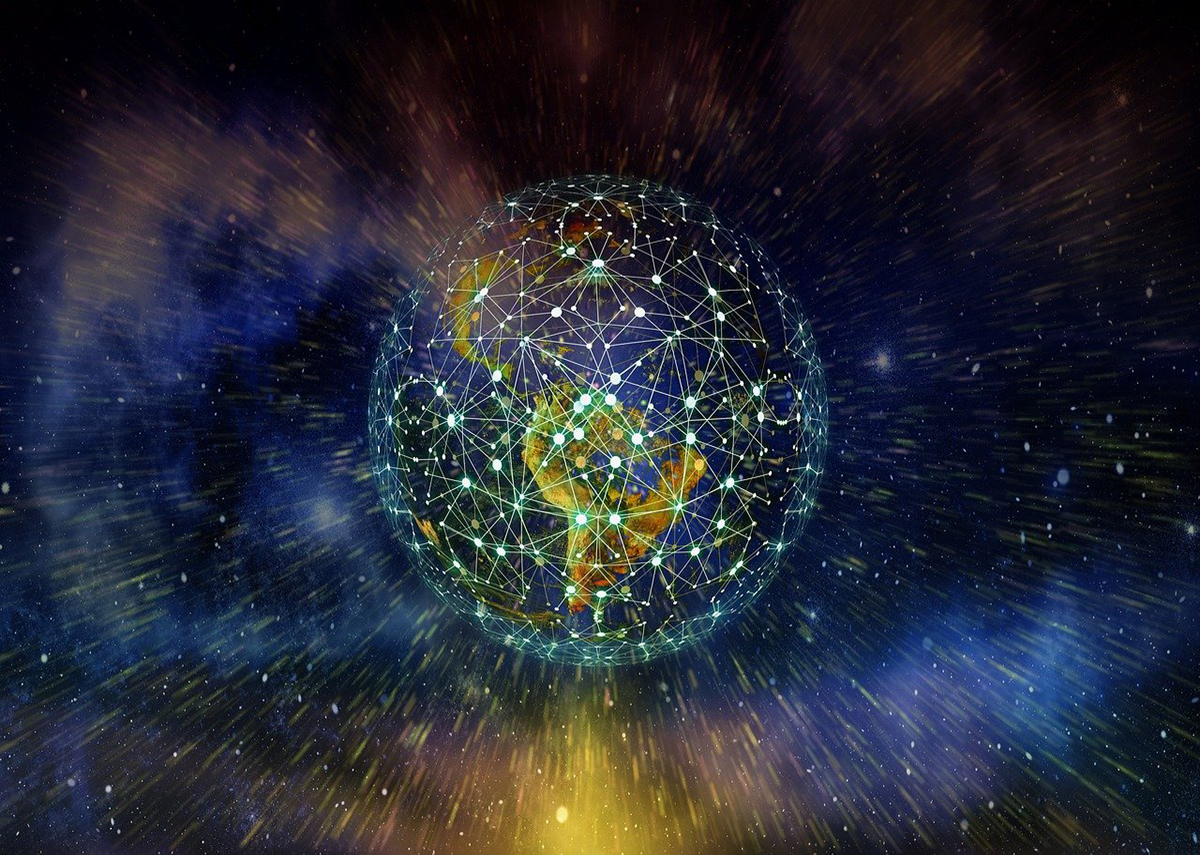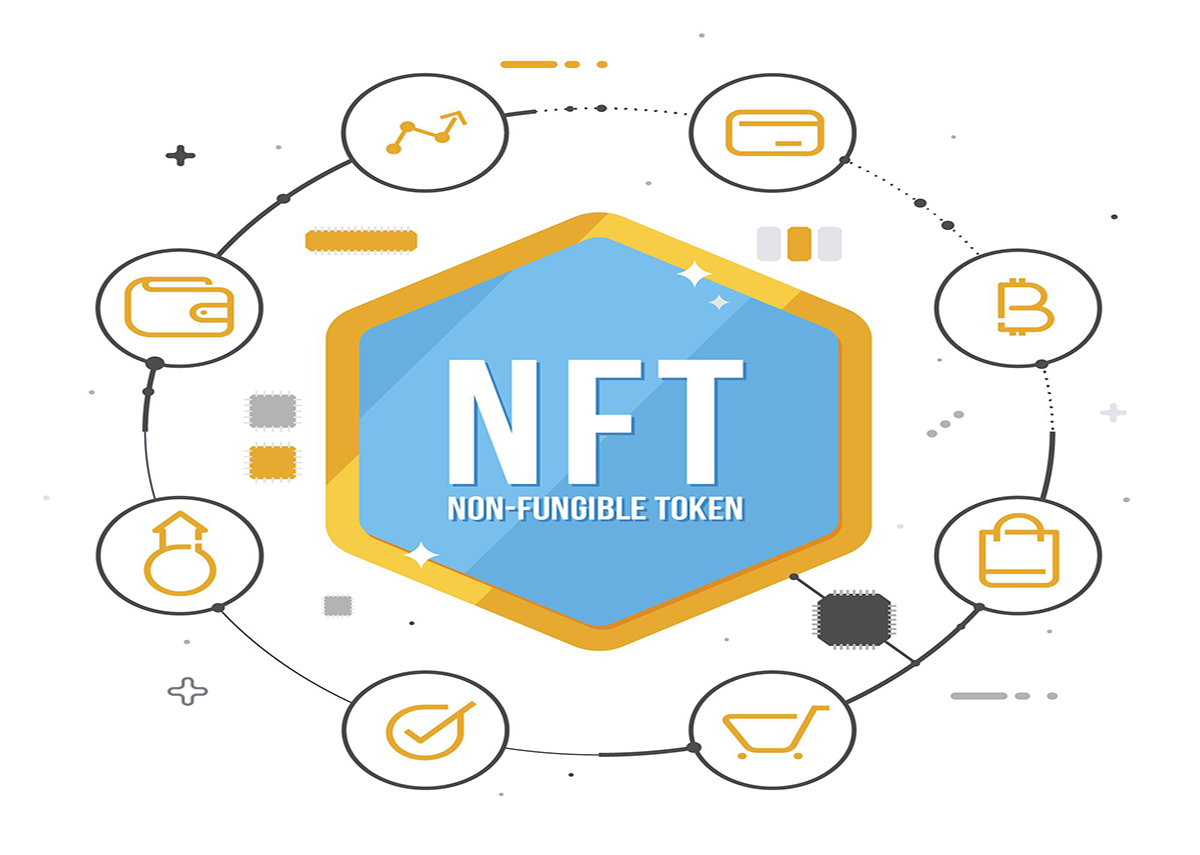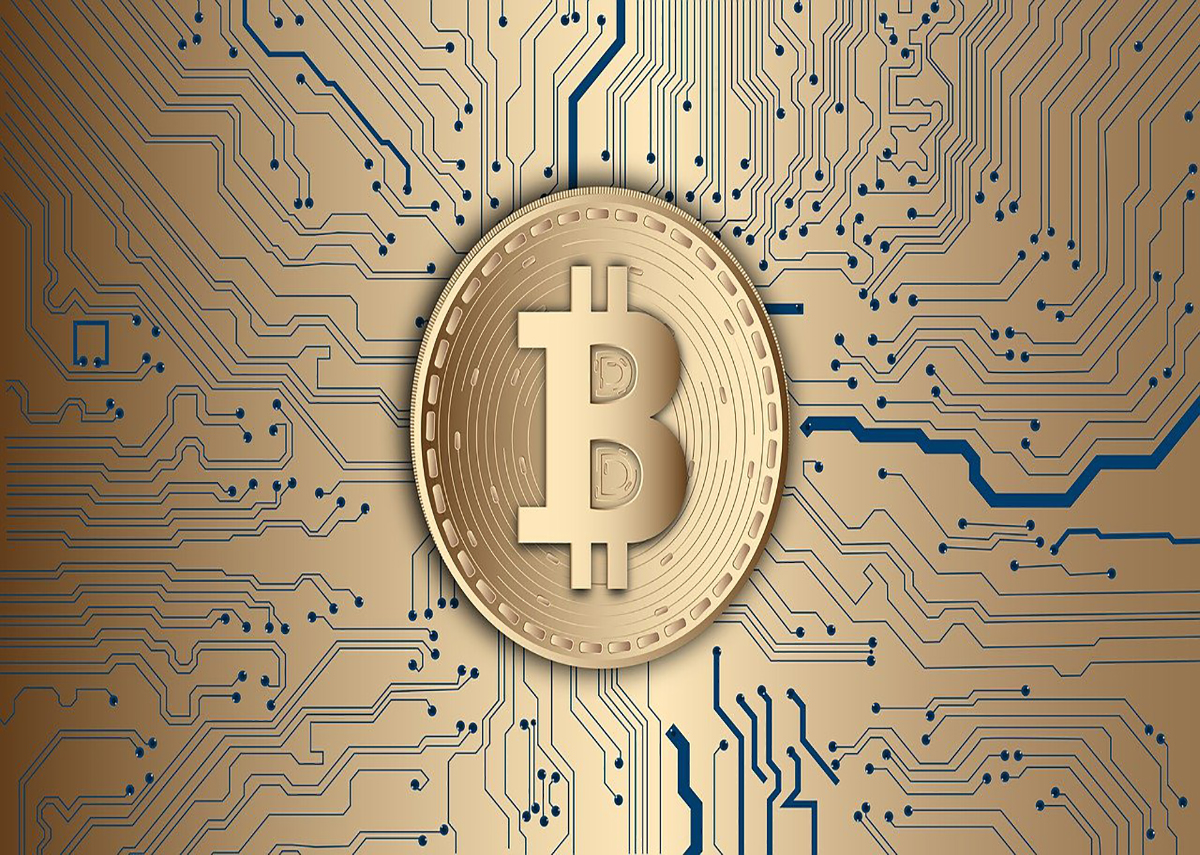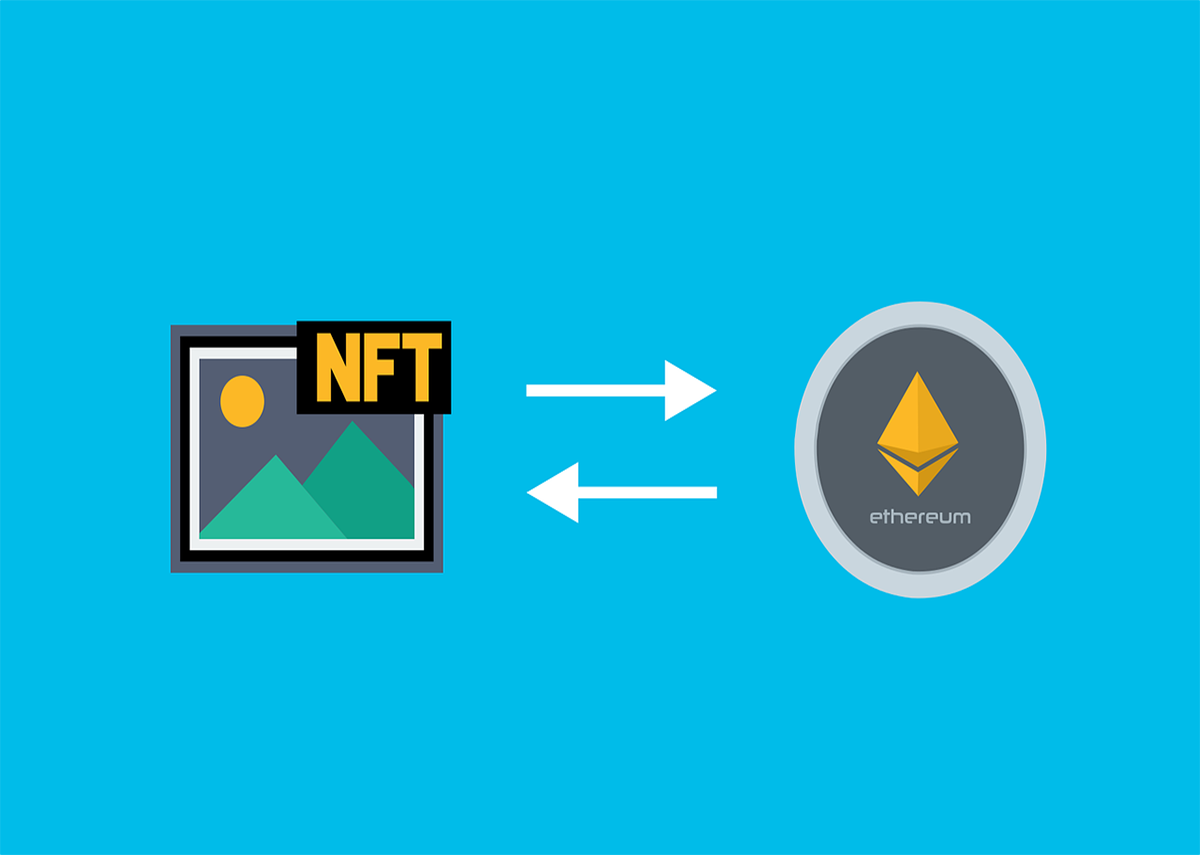NFTs – The Future of the Games Industry
Share
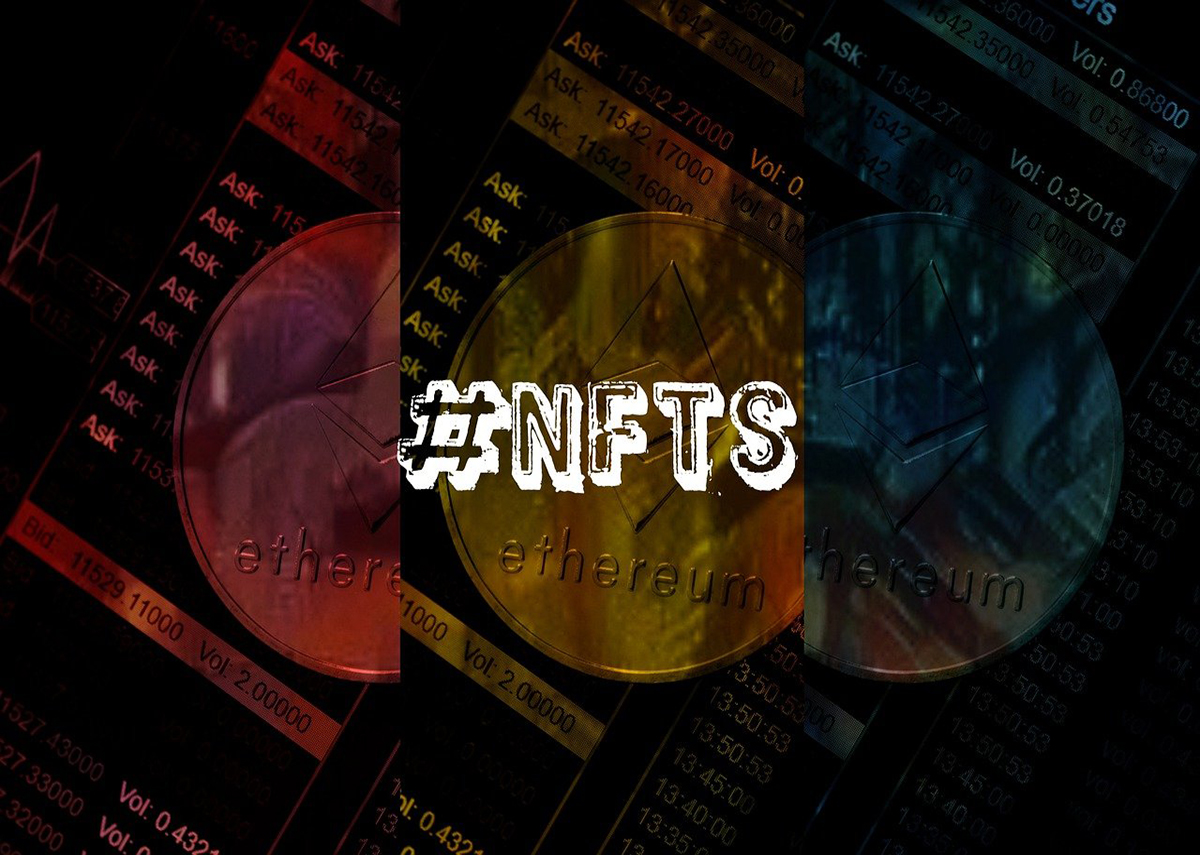
The games industry has been evolving in the last two decades. It has unlocked valuable achievements that have taken the gaming world to the next level. With that said, you shouldn’t forget that the games industry relies on excellent technology. No company has been able to survive without adopting industry trends and listening to their fans. Therefore, the recent digital advancements in asset accumulation, investment, and payment modals, NFTs have taken the stage.
Non-fungible tokens (NFTs) have become the next big thing in the cryptocurrency market. Leaders and major organizations in the gaming world are supporting the rise of NFTs. They have made millions of dollars out of these tokens trading in the form of game collectibles, art, and much more.
Benefits of NFTs to the Gaming Industry
Non-fungible tokens utilize the Ethereum token standard ERC-721, but also exist in other networks including TRON, NEO, and EOS. You should keep in mind that this unit of data to store digital assets, i.e. NFTs, operates on a decentralized network. Here are several benefits of NFTs to the game industry as of recently.
· Possession and Rights
You may know that once you purchased items and characters inside the game, they were non-transferable purchases that stayed in one place. However, with the use of NFTs, the ownership of those one-time purchase in-game assets belongs to the users and players rather than the game developers. In simple words, in-game purchases are now savable, sellable, and movable to several different supported games.
· Incontestable Rarity
Video game art collectors value two main things for in-game purchases: authenticity and rarity. Depending on these two factors, collectors determine the value of these art collectibles. Talking about rarity, you may already know about the immutable records that are present in the underlying network of NFT’s blockchain. Hence, the uniqueness and frequency of an in-game purchase will determine the rarity and price of the gaming NFTs.
· Interoperability
Since traditional online games exist on centralized servers, the in-game purchased assets remained inside proprietary systems. These systems usually wouldn’t communicate with each other. Keeping that in mind, NFTs now allow decentralized games to exist on backend framework blockchains that are also independent.
In turn, this system drives the interoperability of NFTs across the gaming industry. For example, if developers create two games using the Ethereum blockchain network. You will find it very easy for both games to support the in-game vehicles, characters, and armor (i.e. purchases).
Conclusion
The modern game industry faces challenges and difficulties in adopting and encouraging the move towards NFTs. But despite these difficulties, the profit potential can work wonders to attract brands and users. The gaming industry still has to motivate many blockchain-focused businesses and brands to form partnerships with blockchain projects. Despite the lack of mainstream adoption of NFTs in the gaming industry, industry tycoons are raising millions of dollars. Even independent artists across the world are profiting from the system.

